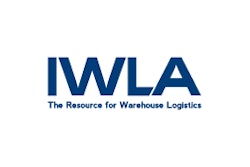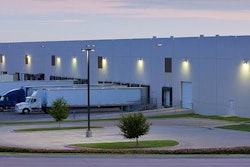
With a broad new class of workers becoming eligible for overtime, many small businesses are scrambling to figure out how to factor the regulations into their bottom line, according to The New York Times.
The Obama Administration on Wednesday announced the final details of new labor rules to increase the salary cutoff for overtime pay. Although the plan was outlined a year ago and employers have several months to comply, many say the change will be a challenge to small businesses that pride themselves on a scrappy, entrepreneurial culture.
Currently, salaried employees who earn more than $23,660 a year and meet other criteria are not entitled by law to overtime pay, which is 1.5 times an equivalent hourly wage after an employee works more than 40 hours a week.
The threshold is scheduled to roughly double, to $47,476, on Dec. 1. That means millions of workers who were salaried will have to have their hours tracked to see if they qualify for overtime pay.
The Food Marketing Institute and the National Grocers Association expressed disappointment Wednesday with new overtime rules, according to Supermarket News.
To read more, click here.
Editor's Insight: This rule will have a major impact on the food industry. Supermarkets, restaurants, processors, distributors and other businesses will incur major cost increases that they will have to pass on to their customers.
The overtime rule adds to an already serious problem the food and beverage industry has been struggling with for some time.
Food and beverage companies need to consider if the higher cost of labor improves the case for investing in automation. U.S. businesses are facing the same choices that their European counterparts faced decades ago. Which is why European companies are more automated.
Labor cost is only one issue that automation addresses in the supply chain. Another factor is the rise of e-commerce, which requires more complex and labor intensive order management and fulfillment. 5-19-16 By Elliot Maras

















